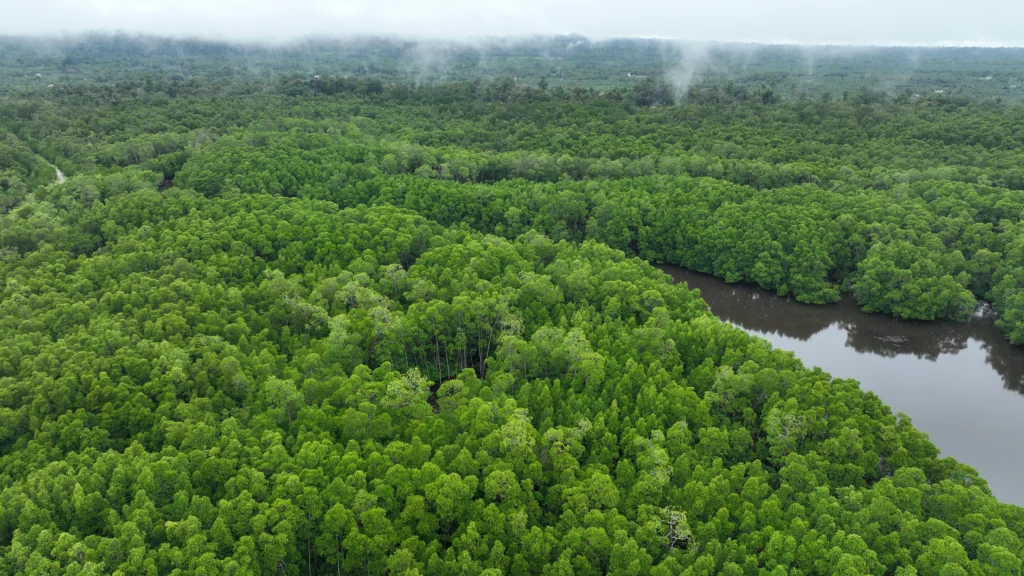Introduction
Gaia, Biodiversity is the variety of life on Earth, encompassing the diversity of species, ecosystems, and genetic resources. Protecting biodiversity is essential for maintaining ecological balance and supporting human well-being. One of the most effective tools for understanding and safeguarding biodiversity is the biodiversity assessment process. This involves systematic surveys, data analysis, and monitoring to determine the health, abundance, and distribution of various life forms in a given area.
What is Biodiversity Assessment?
A biodiversity assessment is a structured approach to evaluate the variety and abundance of species, the integrity of habitats, and the overall condition of ecosystems. These assessments help researchers, conservationists, and policymakers identify areas of ecological importance, detect environmental threats, and plan effective conservation strategies.
Methods of Biodiversity Assessment
Biodiversity assessments can be conducted using a variety of scientific methods. Common approaches include:
- Field Surveys
Field surveys involve the direct observation and recording of species in their natural habitats. Scientists use techniques such as:
- Transect sampling: Walking along a set path to record all species observed.
- Quadrat sampling: Counting species within a fixed area to estimate population density.
- Remote Sensing
Remote sensing uses satellite imagery and drones to map habitats, detect vegetation changes, and identify ecosystem boundaries. It is particularly useful for monitoring large or inaccessible areas. - DNA Barcoding
DNA barcoding identifies species by analyzing short genetic sequences from tissue samples. This method is highly accurate for distinguishing species that appear morphologically similar. - Acoustic Monitoring
Acoustic devices record animal calls, such as bird songs or frog croaks, allowing scientists to identify species presence without direct sighting. - Citizen Science
Community participation in biodiversity monitoring—through apps and online platforms—has become a valuable source of large-scale biodiversity data.
Benefits of Biodiversity Assessment
- Conservation Planning
Assessments help prioritize areas for protection, restoration, or sustainable management. For example, identifying biodiversity “hotspots” ensures limited resources are used effectively. - Early Threat Detection
By monitoring changes in species populations and habitat quality, biodiversity assessments can detect early signs of ecosystem decline or invasive species spread. - Sustainable Development
Biodiversity assessments guide industries such as agriculture, forestry, and tourism to operate in ways that minimize environmental harm while maintaining economic growth. - Policy and Legal Compliance
Governments and organizations often require biodiversity assessments before approving development projects, ensuring compliance with environmental regulations.
Public Awareness and Education
Assessments produce valuable information that can be shared with the public, inspiring greater support for conservation initiatives.

Global Importance of Biodiversity Assessment
Biodiversity assessments are critical at a global scale because they:
- Support international agreements such as the Convention on Biological Diversity (CBD) and the Sustainable Development Goals (SDGs).
- Address climate change by identifying ecosystems that act as carbon sinks, such as forests and wetlands.
- Preserve ecosystem services including pollination, water purification, and soil fertility, which are essential for human survival.
- Promote resilience, since diverse ecosystems are better able to withstand environmental changes and recover from natural disasters.
With climate change, habitat loss, and pollution threatening biodiversity worldwide, systematic assessment and monitoring are vital for creating effective global conservation policies.
Conclusion
Biodiversity assessment is not just a scientific exercise—it is a critical step toward preserving the natural world for future generations. By combining modern technology with community involvement, we can create a clearer picture of the planet’s ecological health and act before it is too late.
At GAIA, we are committed to supporting biodiversity assessments through innovative environmental solutions, sustainable project designs, and conservation-driven research. Our mission is to help organizations and communities work together to protect Earth’s rich biodiversity while ensuring a balance between development and nature.
References
- Convention on Biological Diversity. (2016). Biodiversity and the 2030 Agenda for Sustainable Development – Technical Note. Retrieved from https://www.cbd.int/development
- National Geographic Society. (n.d.). Biodiversity. National Geographic Education. Retrieved from https://education.nationalgeographic.org/resource/biodiversity/
- United Nations Environment Programme. (2020). Global Biodiversity Outlook 5 (GBO-5). Retrieved from https://www.unep.org/resources/report/global-biodiversity-outlook-5-gbo-5





